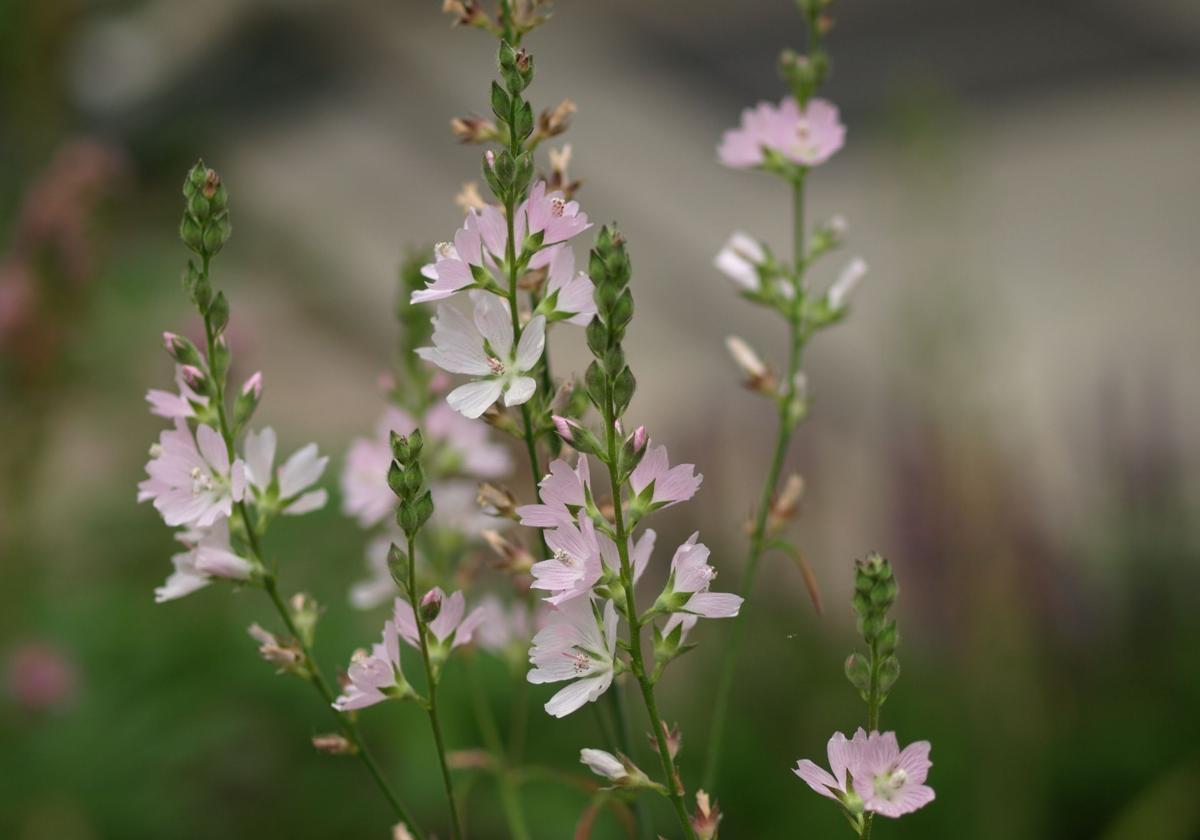Recommended for your garden in the south of Spain: Sidalcea campestris
Although ethereal and delicate looking, this beauty is quite tough. It can withstand full sun and extreme heat and its long tap root and thick rhizomes allow it to tolerate short periods of drought
Denise Bush
Malaga
Friday, 14 June 2024, 12:54
The meadow checker mallow, as Sidalcea campestris is commonly called, is an elegant herbaceous perennial and member of the Malvaceae family (mallow). It is native to Oregon in the US and the genus has around 25 species, all known as checkerblooms.
Although ethereal and delicate looking, this beauty is quite tough. It can withstand full sun and extreme heat and its long tap root and thick rhizomes allow it to tolerate short periods of drought.
The five petalled, hollyhock-like blooms in shades of pink or white, form in open, branched racemes. They are rich in high quality nectar and loved by pollinating insects, especially bees and butterflies.
The flowering period is usually from late May until early autumn. After flowering, seed capsules form which open when ripe to reveal the seeds encapsulated in segments, like an orange.
The upright, hollow stems and the leaves are covered with fine hairs and the leaves are deeply palmate, with each lobe having a pointed tip.
It is long lived and makes a good cut flower. The long tap root means it is better off grown in the ground rather than a pot, although if you have a really deep container it should be possible.
The best location is somewhere it will get lots of sun and in free-draining soil, preferably on the dry side. Its height, up to 1.8 metres, lends itself to filling spaces at the back of borders and in cottage or meadow style plantings.
Although drought resistant, Sidalcea campestris will be healthier and flower more with regular watering.
All parts of the checkermallow are edible. The flowers are used to decorate food and drinks while the leaves can be cooked like spinach or chopped in salads.
